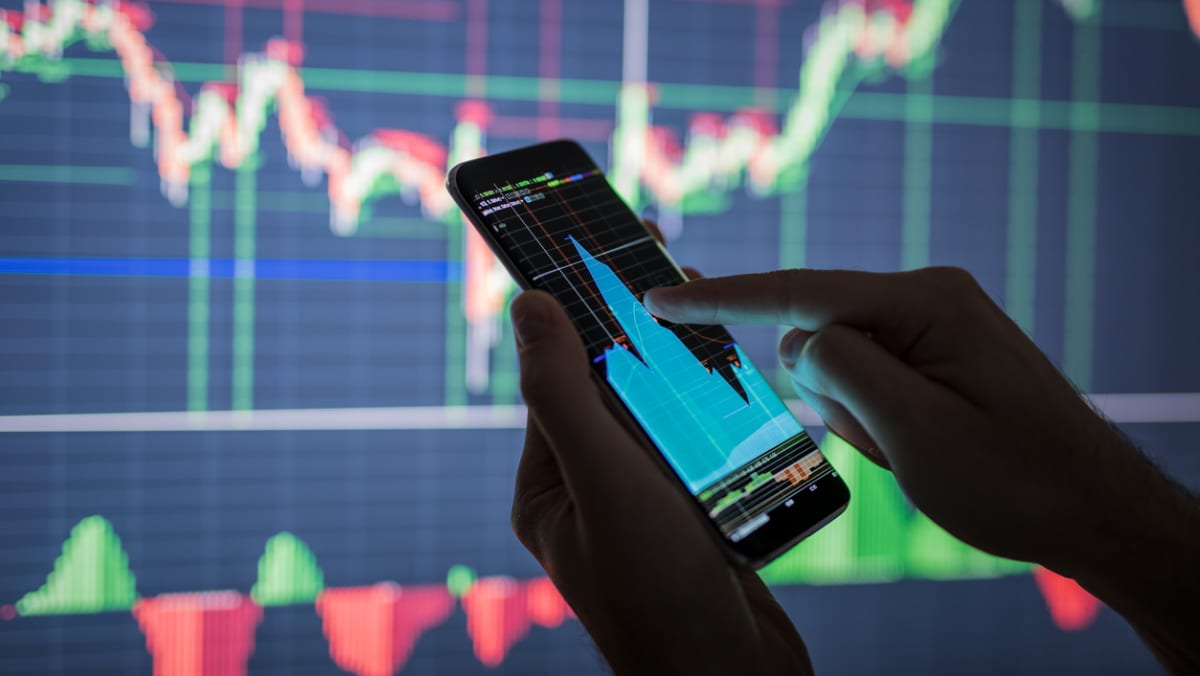Commentary: Speculative trading and algorithms are driving up oil prices and creating shortages
Normally this does not get much mainstream attention, because derivatives trading is so arcane. But currently this corner of finance is producing numbers that are even more startling than US$90 a barrel. And it could drive spot prices way above the US$100 mark in the coming months — and spark an equally dramatic crash further down the road.
Futures prices are in a state of what analysts call “super backwardation”, meaning that there is a near record high level gap between (high) short-term futures oil contracts and (lower) long-term contracts. However, another sign of dislocation is the volume of bets placed about future oil prices via the options market.
As veteran oil analyst Philip Verleger points out in a recent report, the amount of call contracts with strike prices above US$100 a barrel (that is, bets that profit if the price moves above this level) has recently exploded.
He calculates the volume of call options with strike prices above US$100 for June and December 2022, say, is now about 714,000, according to Commodity Futures Trading Commission data. This is many times the “normal” level, creating an “unprecedented” level of “open interest” (ie bets).
TRADING IS PUSHING UP PRICES
The initial trigger for this can be blamed on economic fundamentals — the type of shortage of supply, relative to surging demand, that prompted Biden’s call to Salman.
However, Verleger believes the imbalance has been dramatically increased by another less-discussed issue: A steep rise in automated trading by investors using algorithmic strategies, often based around artificial intelligence tools.
This is almost certainly correct. The last time the CFTC studied this issue, in 2019, it found that some 80 per cent of energy trades were being executed by automated inputs — not manual transactions — up from 65 per cent six years earlier (and far less in previous decades). I would bet it is much higher now.
Since these automated strategies typically use artificial intelligence programs to analyse and react to market momentum, rather than economic fundamentals per se, this tends to exacerbate a herding effect, not just in commodity markets but in any asset class.
And since the institutions selling these derivatives bets need to hedge their own risks with other instruments, extreme robo-herding creates distortions across market niches that can suddenly unravel, causing wild volatility.
For all the latest business News Click Here

